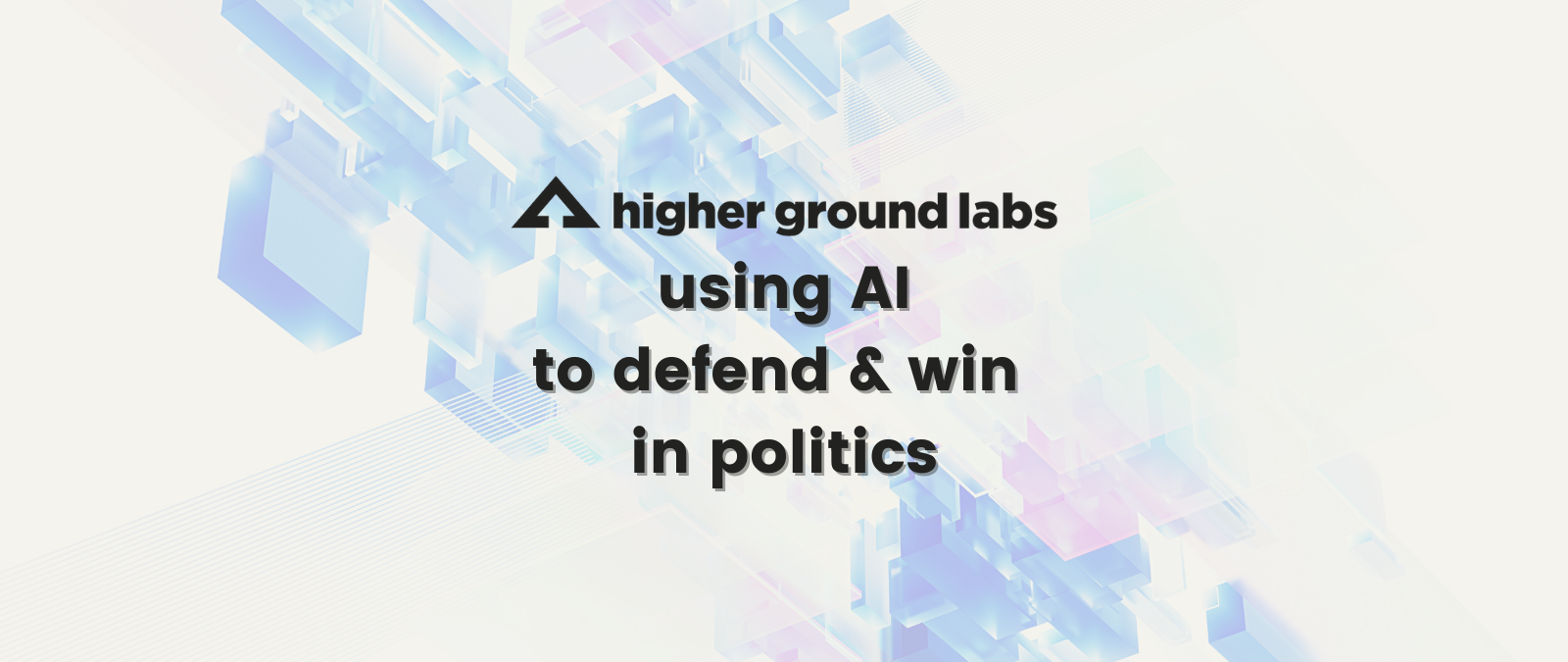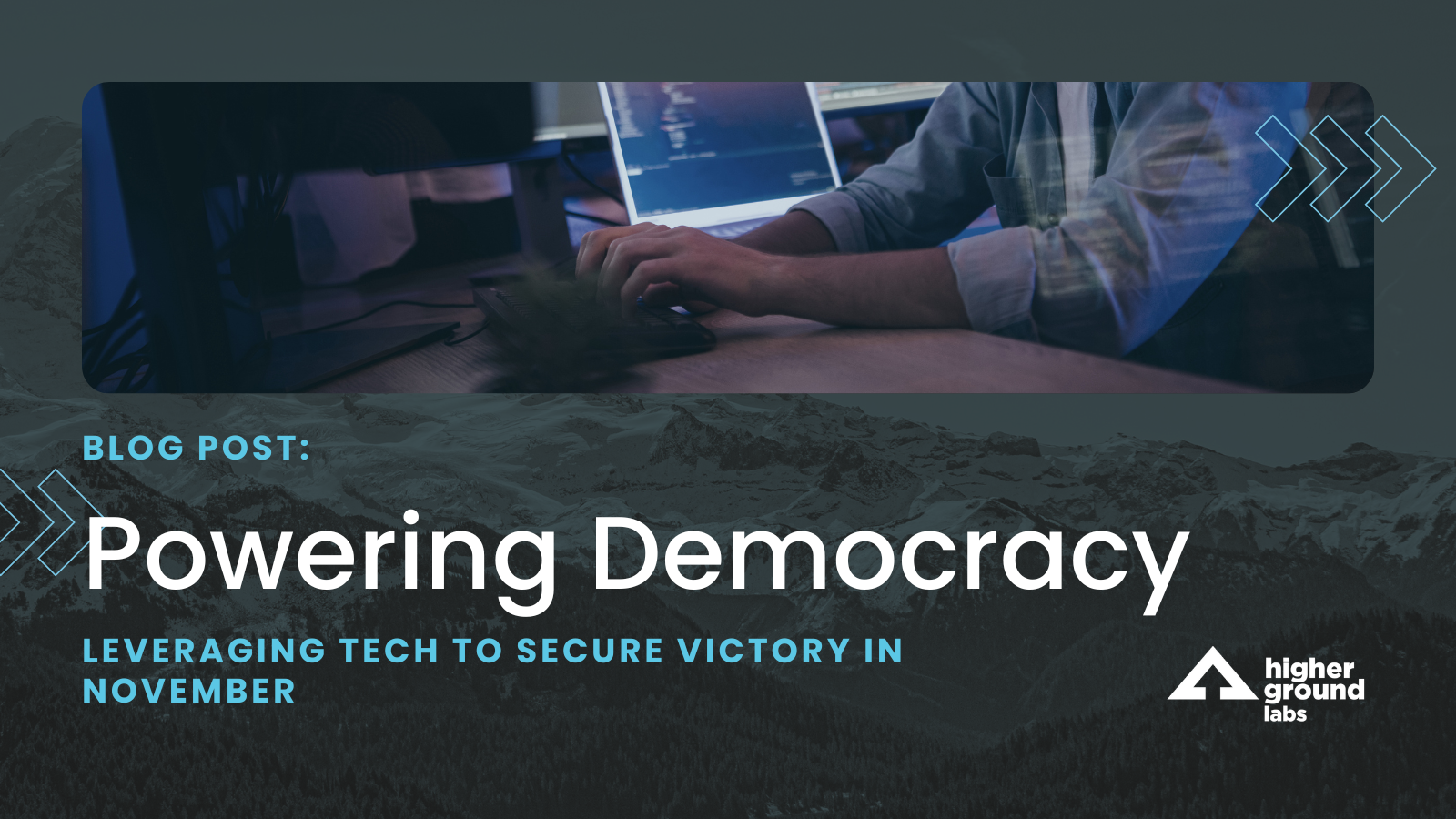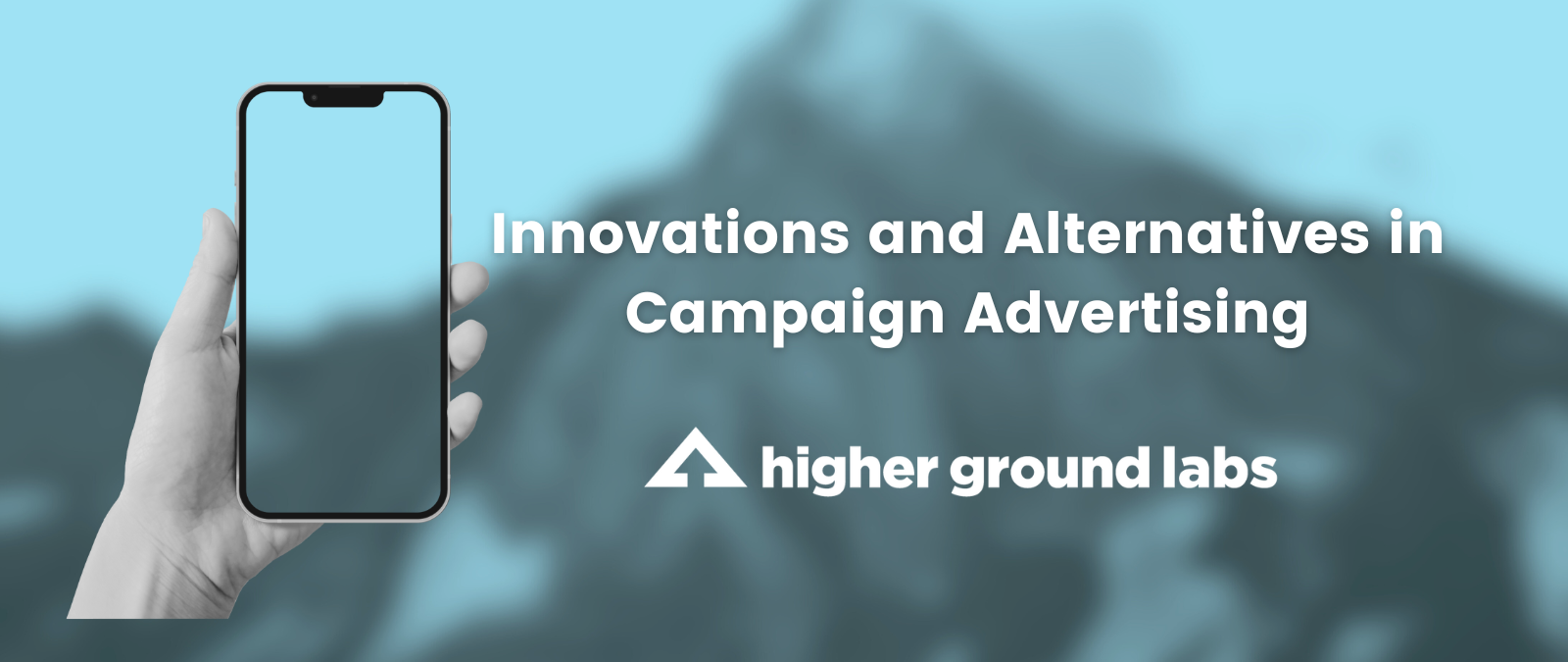Over the past several months, generative AI has taken our society by storm. Every industry is buzzing with questions about the impact of this new technology and how to prepare for it. Politics is no different.
But our discourse is under this heavy curtain of fear around the damage generative AI could cause. Rampant disinformation and deep fakes dominate the headlines.
There are good reasons for this concern. The speed and scale at which misinformation can be created and shared is massive. We have already seen AI-generated images tip markets and impact political content. We need a defensive strategy to set shared standards for the uses of AI, to develop tools to ensure transparency around its use, and to educate voters on how to handle the potential onslaught of misinformation.
Misinformation, however, is not new. Voters have been forced to navigate it for a long time. And each cycle, people do their best to figure out how to find the truth and vote accordingly. We can try to minimize the use of AI for the creation of misinformation, but ultimately can’t allow the potential downside to stop us from using this technology altogether. If we do that, we are missing a big part of the story.
We can use generative AI to our advantage in politics and campaigns. When used well, AI can be an equalizer and a timesaver. It allows us to automate tasks and augment the work of our people. This is a generational opportunity for Democrats to get ahead.
Campaign staff are overworked and underpaid. Our organizers spend hours doing monotonous tasks that can now easily be automated. Our content strategists spend a lot of time copying and pasting in addition to actually strategizing on content. By automating some of those menial tasks, generative AI allows these staff to spend their hours on their expertise and still rest at night.
Financial management is a pain point for campaigns and small organizations that might not be able to hire the central office staff needed to manage their organizations. Using an AI agent, financial management could be streamlined so a smaller team could manage a rigorous program.
While presidential campaigns have teams of people generating content every day, most campaigns do not. Most campaigns struggle to pull together the resources to have a digital team at all. For these campaigns, AI allows them to compete with better-resourced campaigns. It gives campaigns an edge that previously only money could.
At HGL, we are seeing people step up to take the opportunity seriously. We are working with Mike Nellis (Founder & CEO of Authentic) on Quiller, an AI-driven tool for grassroots fundraising. Cooperative Impact Lab is building FACTS App to solve the financial management challenge. HGL portfolio companies like SpeechifAI and INTRVL are using AI for social media content creation and media analytics. OpenField is using AI to cut turf and interpret canvassing conversations at scale. These tools will be ready to be used this cycle — and will start to change the way campaigns work for the better.
We need to lean into these opportunities to make AI work for us while putting in place a defensive strategy against its downsides. Our voters and volunteers will be using generative AI in other areas of their lives and we know our opponents will use it in their campaign strategy.
This is the moment to embrace the opportunity to use this technological innovation to our advantage. We have a lot of work to do this cycle. Now is the time to be smart and innovative and creative, not scared.




